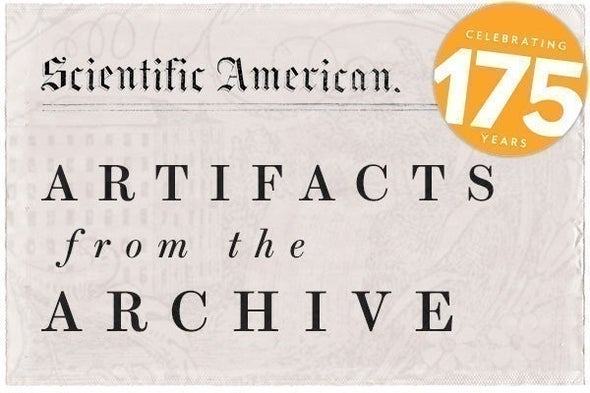Originally published in June 1894
“Mr. Francis Galton affirms that ‘the patterns of the papillary ridges upon the bulbous palmar surfaces of the terminal phalanges of the fingers and thumbs are absolutely unchangeable throughout life, and show in different individuals an infinite variety of forms and peculiarities. The chance of two finger-prints being identical is less than one in sixty-four thousand millions. If, therefore, two finger-prints are compared and found to coincide exactly, it is practically certain that they are prints of the same finger of the same person; if they differ, they are made by different fingers. –Lancet”
—Scientific American, June 1894
More gems from Scientific American’s first 175 years can be found on our anniversary archive page.




